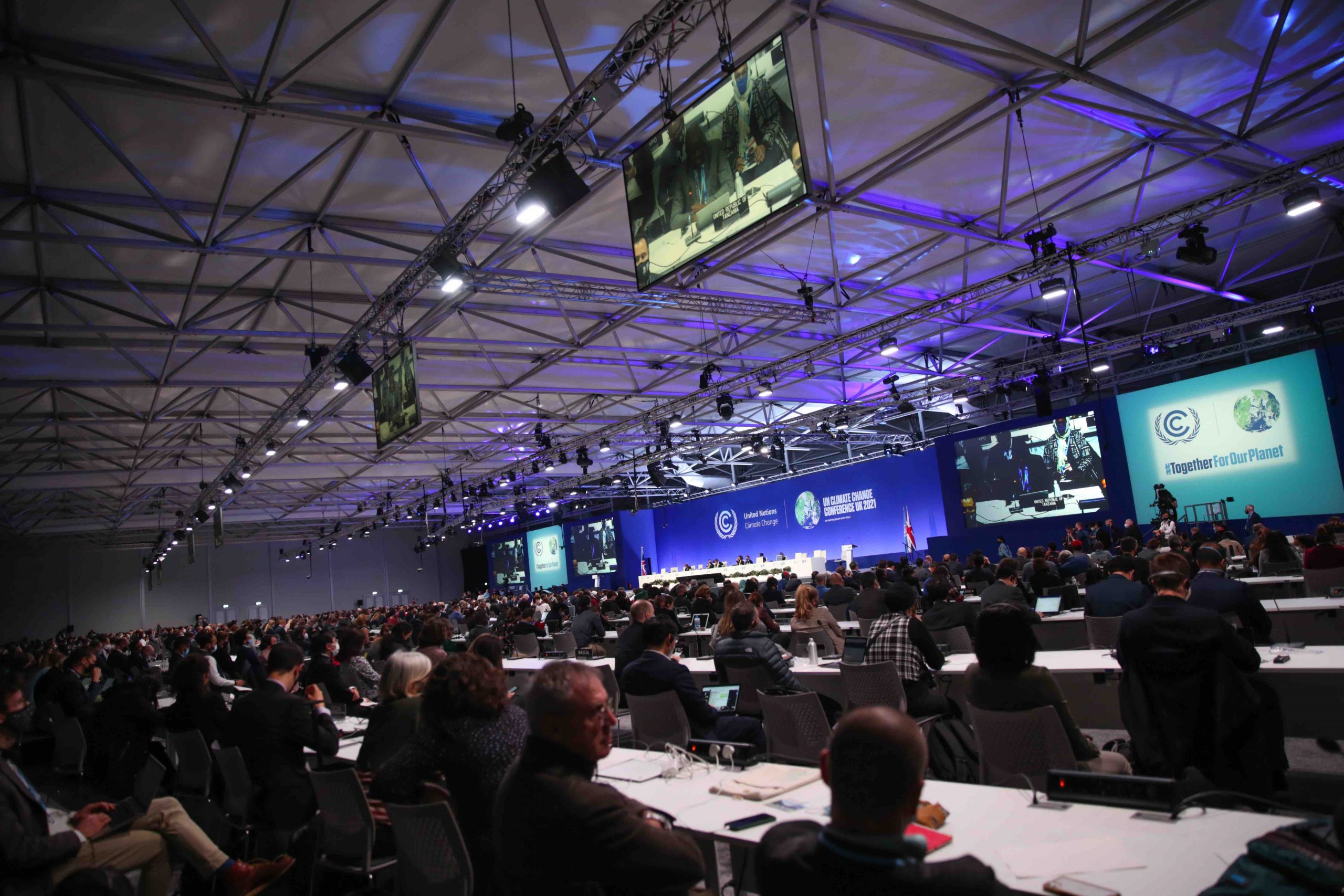“The Italian Public Property Agency Strategy, outlined in its 2022-2026 Industrial Strategic Plan, is based on three guidelines: sustainability, innovation and user centrality. The Agency intends to promote improvement in the resilience of public buildings, in order to maintain their value and reduce the risks associated with their use. Recognizing the importance of addressing climate change in public infrastructure management, a scientific collaboration was initiated between CMCC and the Italian Public Property Agency, in line with broader sustainability goals. It is now possible to have an integrated multidimensional vision that also considers climate risks in the different phases of investment aimed at making public real estate assets resilient.” With these words, Alessandra Dal Verme, Director of the Italian Public Property Agency, describes one of the outcomes of an initiative that led a public entity tasked with protecting, managing, and enhancing Italy’s public assets, to collaborate with a climate change research institute.
The Italian Public Property Agency (Agenzia del Demanio) oversees the management of the state’s real estate assets, which include approximately 43 thousand properties valued at 62.5 billion euros. These assets encompass properties in governmental use, historical buildings, and artistic heritage.
In response to the climate crisis, the Agency is committed to promoting the resilience of public properties, in order to maintain their value and reduce the risks associated with their use, aligning with the objectives of the European Green New Deal and the Italian National Recovery and Resilience Plan.
“The evaluation model developed with CMCC – explains Piero Pelizzaro of the Italian Public Property Agency – integrates the operational approach adopted by the Agency, which has equipped itself with a system of indicators to guide its investments in the field of building maintenance and development interventions from a perspective considering the possible positive impacts on the environment, on the urban and social context, and on the innovation capacity of governance as part of the activities for the design of the Agency’s Sustainability Plan.”
“In the initial stages of the collaboration, it became evident that a robust and comprehensive methodological approach was crucial, especially regarding building management,” underlines Gianluca Capri of the Italian Public Property Agency. This aspect had traditionally been overlooked due to technical limitations in achieving detailed resolution at the scale of individual buildings, until recent developments in the field of regional and local climate modeling. This joint effort facilitated the alignment of terminology, understanding of challenges, and calibration of methodologies to suit both parties’ needs—bridging the gap between architectural expertise and the agency’s operational requirements.
The shared approach built upon an international risk analysis framework proposed by the Intergovernmental Panel on Climate Change (IPCC). “However, our goal was not limited to conducting a risk analysis; we aimed to develop a methodology enabling agency technicians to assess the impacts of climate change on public properties—both present and future,” says CMCC’s Guglielmo Ricciardi, a contributor to the project. “This approach, while rooted in established frameworks, was distinguished by its adaptability to meet the specific demands of the agency. It emphasized collaborative scientific efforts, characterized by co-design principles, ensuring the alignment of methodologies with the agency’s operational imperatives.”
Beyond performance indicators
The methodology developed through the technical-scientific collaboration with the Italian Public Property Agency and CMCC has a dynamic approach, adaptable to various phases of a project’s life cycle. “Existing tools supporting design processes, such as sustainability certification systems or resilience certification systems, have made efforts to align with climate change considerations,” says Carmela Apreda, a researcher at CMCC and another contributor to the collaboration. “However, a critical research observation revealed a gap: while these systems offer proactive measures to address climate change impacts, they overlook assessing a property’s existing state and potential vulnerabilities to climate-related phenomena.”
To bridge this gap, the collaboration aimed to develop a methodology aligned with both IPCC frameworks and the needs of the agency and its technical staff. Researchers at CMCC and at the Italian Public Property Agency collaborated to adapt a comprehensive risk analysis framework to identify climate hazard indicators describing current and future climatic conditions. “These indicators will enable future assessments to determine if a property is or will be significantly affected by specific climate hazards, such as floods or extreme precipitation,” says Capri.
The innovative aspect introduced by this approach lies in the evaluation of weaknesses and vulnerabilities within the existing real estate portfolio. These vulnerabilities were identified through scientific literature, examining how buildings, their occupants, and components such as roofing, walls, and engineering systems are susceptible to climate-related events like heatwaves or extreme precipitation. Unlike existing certification systems focusing solely on proactive measures, this methodology addresses vulnerabilities, providing a comprehensive snapshot of the property’s current state.
“Recognizing that renovation, rather than demolition and new construction, is a more sustainable approach in mitigating carbon emissions, the methodology prioritizes understanding the current condition of the property. This assessment, unique in its approach, fills a crucial gap in international systems, which typically lack comprehensive vulnerability indicators for built heritage,” says Apreda.
“Another significant aspect is our consideration of various hazards, as we previously emphasized the multiple hazard approach. While certification systems typically focus primarily on flooding and extreme heat, we broadened our scope to include wind and drought,” says Ricciardi. “Our methodology operates step by step: identifying climatic hazards, determining the property’s exposure, assessing its vulnerability level, and based on this vulnerability level, developing a catalogue of potential measures or solutions.”
A collaborative effort to protect built heritage from climate change
“The guidelines have been crafted for designers, offering potential technical solutions to enhance building resilience, integrating the other documents previously issued by the Agency to guide the design of its building interventions with a view to creating benefits for the environment and for the community,” says Diana Giallonardo of the Italian Public Property Agency. The suite of integrated tools, developed jointly by CMCC and the Italian Public Property Agency, allows for greater awareness of the vulnerability of properties and their context, and allows the Agency to direct the planning and design of interventions toward high standards of climate resilience.
In particular, this catalogue of climate-proof building solutions goes beyond mere performance indicators. It includes guidelines defining the quality of design and provides a list of effective strategies, objectives, and technical solutions to reduce vulnerability to each of the four climatic hazards of interest, namely extreme temperatures, extreme precipitation, windstorms, and droughts. It comprises 49 technical solutions, drawn from existing frameworks, which often offer partial solutions, categorizing measures into green (nature-based), blue (water-based), or grey (artificial) solutions.
For instance, blue solutions include methods that use water to cool the environment or collect water in case of intense precipitation. Green solutions, on the other hand, rely on natural elements (e.g., green roofs, urban forests) or reproduce and integrate natural processes (e.g., permeable surfaces), facilitating excess water drainage, for example. Grey solutions involve the use of artificial infrastructures and technologies such as pergolas, heat pumps, the incorporation of specific spaces, materials, and colors for pavements and roofs, or external shading, aimed at enhancing the building’s climate resilience.
“This project highlights the challenge of science meeting practicality. This endeavor not only informs and secures but also accelerates the integration of climate change considerations into everyday practices,” says CMCC’s Paola Mercogliano, who leads the project’s research team. “Educating technicians becomes crucial, bridging the gap between theoretical knowledge and real-world implementation. I would say this is a fantastic example of applied research in the urban realm, leveraging the expertise of both the State Property Agency, with its vast portfolio of managed buildings, and CMCC. While recent trends in initiatives such as Smart Cities mainly focus on mitigation, here we have taken a significant step forward in adaptation, which is no small feat in urban areas. It exemplifies how CMCC can make a difference for people and society in applied research and how we can translate research into action.”
This joint project took a further step towards determining how to monitor the effectiveness of these recommendations: alongside proposing local actions, the approach also envisions monitoring methods to gauge their impact afterward. This is fundamental in adaptation efforts, as it should trigger a cascade effect, initiating measurement, assessment, and numerical evaluation. Ultimately, this process should enhance awareness and facilitate transferability to other contexts while refining strategies based on insights from monitoring, identifying both failures and successes.
“One of the most significant challenges ahead is integrating the assessment of climate vulnerability into the operational processes that regulate all the Agency’s activities, aligning it with existing practices for verifying seismic vulnerability, conducting energy diagnoses, and utilizing building models,” explains Claudia Scaramella of the Italian Public Property Agency, stressing that the collaboration between the Agency and CMCC holds potential for further development.
“There is a need to test and refine the tools developed during the scientific research phase by applying them to the Agency’s project initiatives. Ensuring technicians and operators have access to a more suitable knowledge base within intervention contexts is crucial,” says Pelizzaro. “This involves identifying available databases and climate models within territories, from individual properties to urban scales. Additionally, the collaborative experience and its outcomes should be communicated extensively to enhance the operational capabilities of designers and foster reflection on alternative approaches to project design, starting from pilot experiences.”






